Digging up Srebrenica graves
The Hague court Wednesday heard testimony from a Bosnian Serb army engineer in the Srebrenica Seven trial.
Thursday, 30.08.2007.
15:45

The Hague court Wednesday heard testimony from a Bosnian Serb army engineer in the Srebrenica Seven trial. Damjan Lazarevic, former engineer in the Bosnian Serb Army (VRS) Zvornik Brigade, testified at the trial of seven former Bosnian Serb military and police officers charged with crimes committed in Srebrenica and Zepa in July 1995. Digging up Srebrenica graves He confirmed prosecution allegations that after the mass executions in Srebrenica in July 1995 the Bosniaks were buried in an effort to eliminate evidence of the crime. Heavy earth-moving machinery was used in the operation. Lazarevic told the court he got an order in the command of the Zvornik Brigade Engineer Company to "go to the school in Orahovac" on July 15, 1995. The bodies of the Bosniaks executed there had to be buried. He claims he was unable to make an estimate of the number of bodies he found at two sites near the school. The testimony of the survivors and participants indicate that around 500 Bosniaks were executed near Orahovac. The next day, on July 16, 1995, Lazarevic got the same task in the command, but the location was different: a place near Kozluk. When he complained, he was told he had nothing to do with it: he was there "to be at hand if the machinery breaks down". About a thousand Bosniaks executed after the fall of Srebrenica were buried in a mass grave near Kozluk. The same thing occurred the next day, July 17, 1995. His task was the same and the location was the Branjevo farm. He was able to identify it on photographs shown in court, and to mark the sites where more than a thousand Bosniaks were buried. The prosecutor showed the witness the daily order logbook of the Engineer Company in the Zvornik Brigade, and a number of documents recording the fuel consumption and the list of tasks involving the use of construction machinery in July 1995. The earth-moving equipment from the Zvornik Brigade, the Zvornik municipal company and from the Birac alumina processing plant were used in the burial operation, Lazarevic confirmed. Soon after, he received urgent summons to report to the company command, where he was ordered to oversee the disinterment of the bodies at the same sites. The bodies were then moved to other locations and buried in secondary mass graves. The list of people who would take part in the operation was drawn up by Major Dragan Jokic, chief engineer, and Slavko Bogicevic, Lazarevic’s company commander. The mass grave reburial operation was "coordinated by Major Milorad Trbic", the witness said. He himself reported to Trbic. Lazarevic did not escort the trucks that drove the disinterred bodies to secondary mass grave sites. According to his testimony, this was not the task of the Zvornik Brigade. "I don’t think it was a secret," Lazarevic said at the end. His testimony will continue today with the cross-examination by the defense counsel of the seven accused.
Digging up Srebrenica graves
He confirmed prosecution allegations that after the mass executions in Srebrenica in July 1995 the Bosniaks were buried in an effort to eliminate evidence of the crime.Heavy earth-moving machinery was used in the operation.
Lazarević told the court he got an order in the command of the Zvornik Brigade Engineer Company to "go to the school in Orahovac" on July 15, 1995.
The bodies of the Bosniaks executed there had to be buried. He claims he was unable to make an estimate of the number of bodies he found at two sites near the school. The testimony of the survivors and participants indicate that around 500 Bosniaks were executed near Orahovac.
The next day, on July 16, 1995, Lazarević got the same task in the command, but the location was different: a place near Kozluk.
When he complained, he was told he had nothing to do with it: he was there "to be at hand if the machinery breaks down". About a thousand Bosniaks executed after the fall of Srebrenica were buried in a mass grave near Kozluk.
The same thing occurred the next day, July 17, 1995. His task was the same and the location was the Branjevo farm.
He was able to identify it on photographs shown in court, and to mark the sites where more than a thousand Bosniaks were buried.
The prosecutor showed the witness the daily order logbook of the Engineer Company in the Zvornik Brigade, and a number of documents recording the fuel consumption and the list of tasks involving the use of construction machinery in July 1995.
The earth-moving equipment from the Zvornik Brigade, the Zvornik municipal company and from the Birac alumina processing plant were used in the burial operation, Lazarević confirmed.
Soon after, he received urgent summons to report to the company command, where he was ordered to oversee the disinterment of the bodies at the same sites. The bodies were then moved to other locations and buried in secondary mass graves. The list of people who would take part in the operation was drawn up by Major Dragan Jokić, chief engineer, and Slavko Bogicević, Lazarević’s company commander.
The mass grave reburial operation was "coordinated by Major Milorad Trbić", the witness said. He himself reported to Trbić.
Lazarević did not escort the trucks that drove the disinterred bodies to secondary mass grave sites. According to his testimony, this was not the task of the Zvornik Brigade.
"I don’t think it was a secret," Lazarević said at the end.
His testimony will continue today with the cross-examination by the defense counsel of the seven accused.



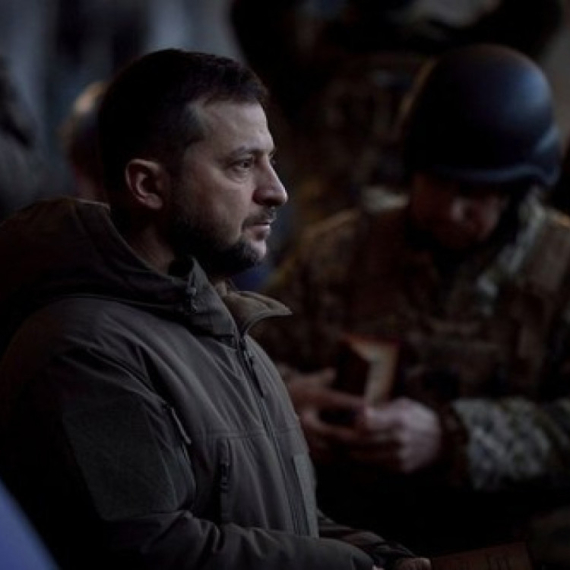
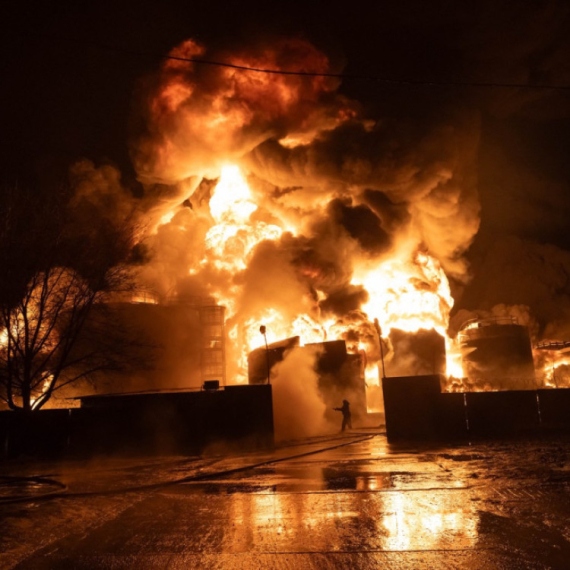

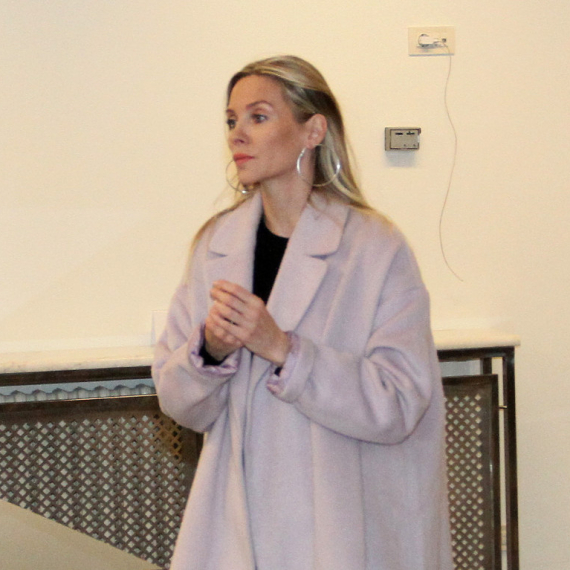




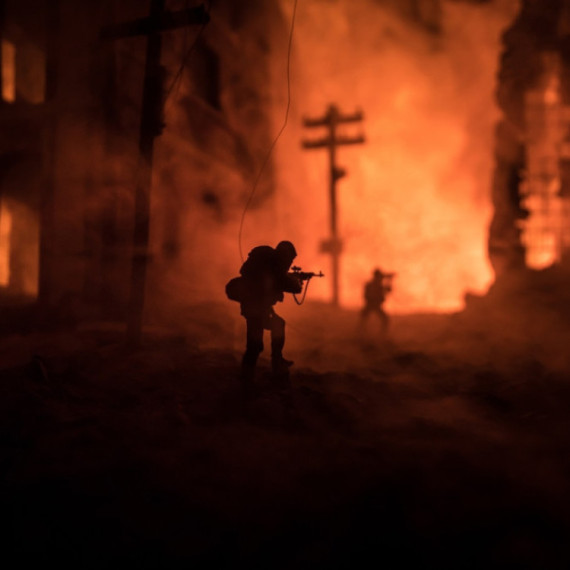
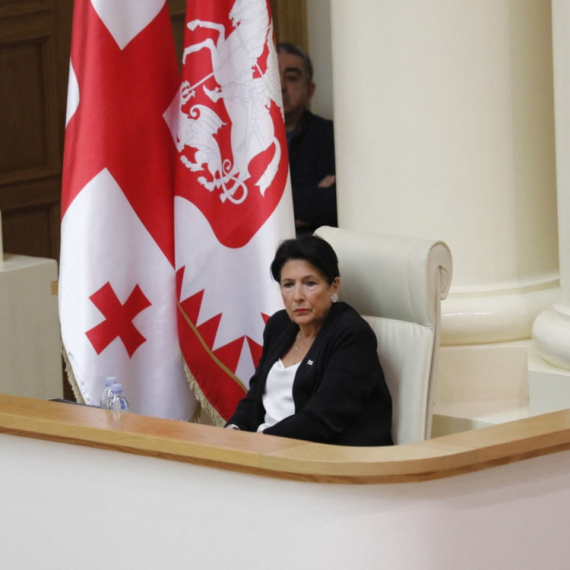




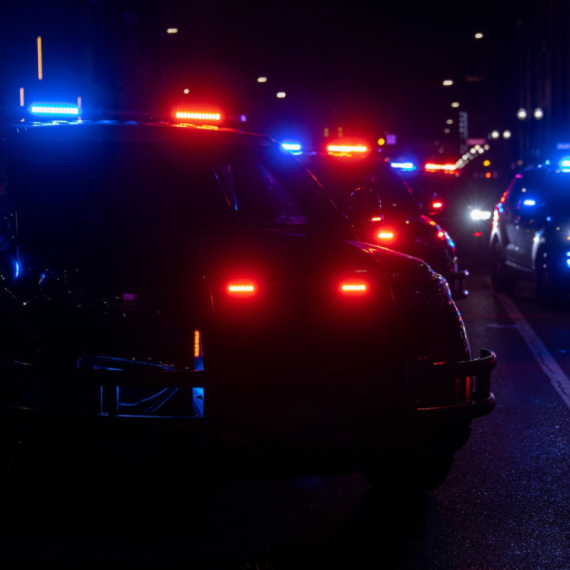
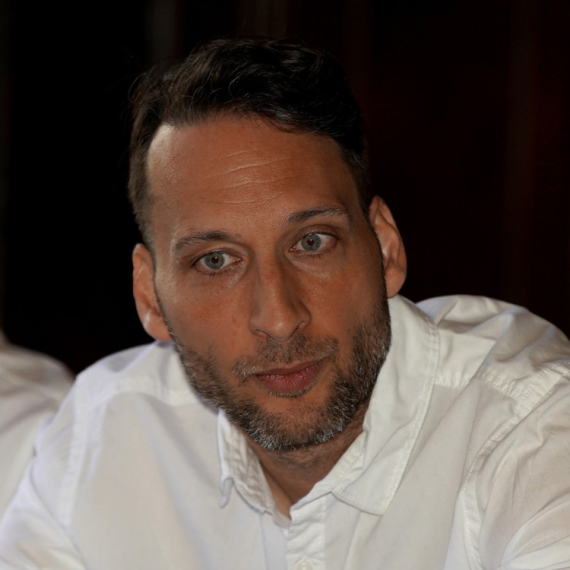






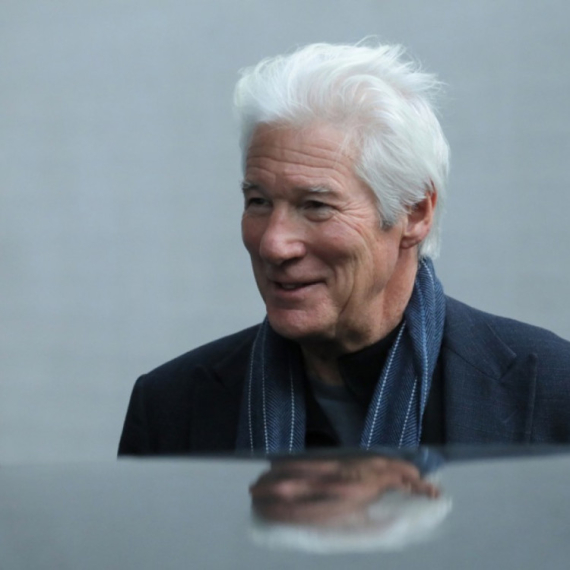

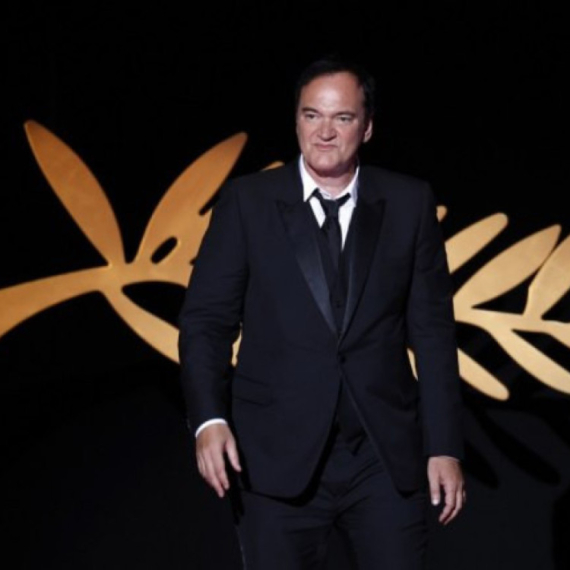

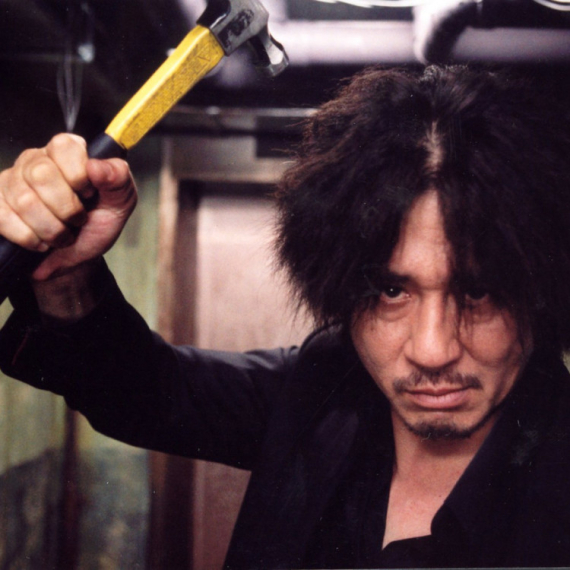






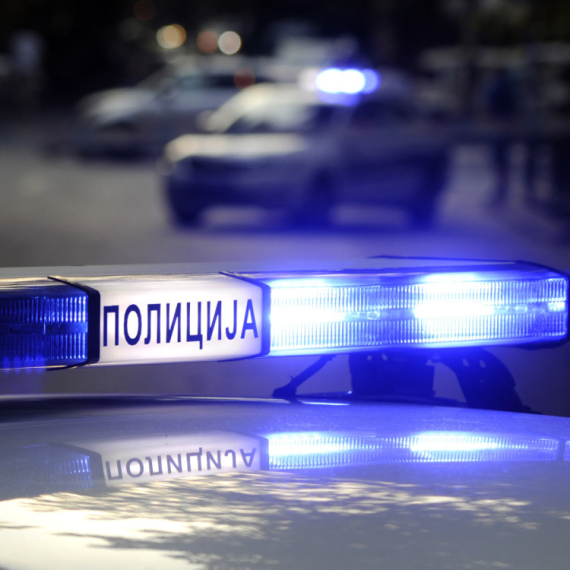
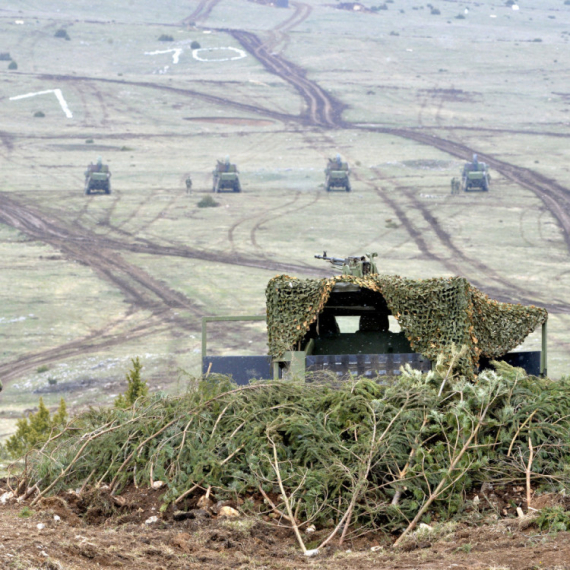
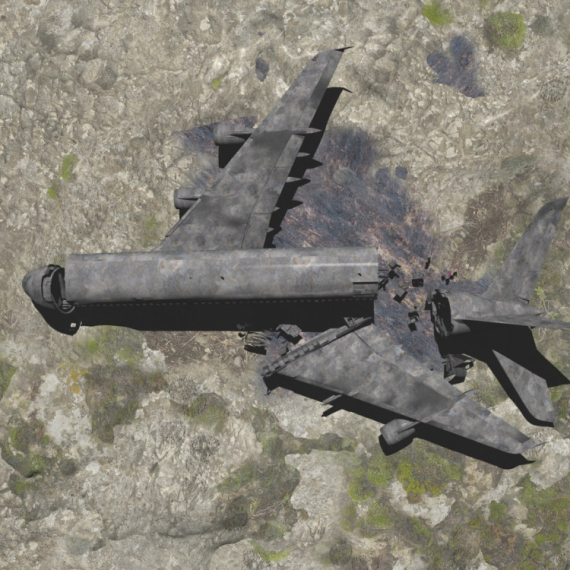
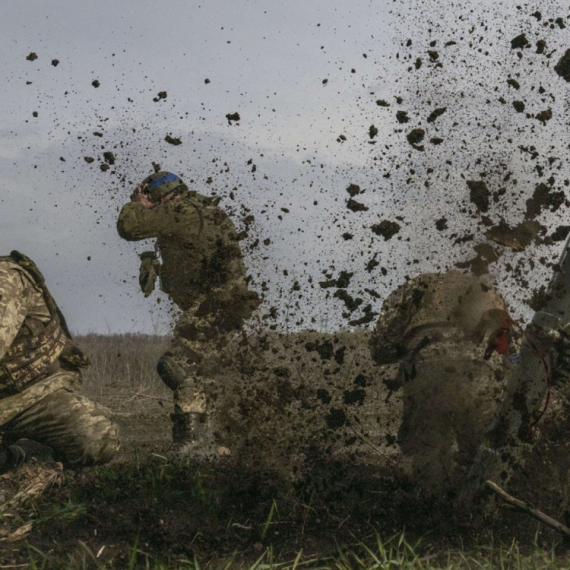




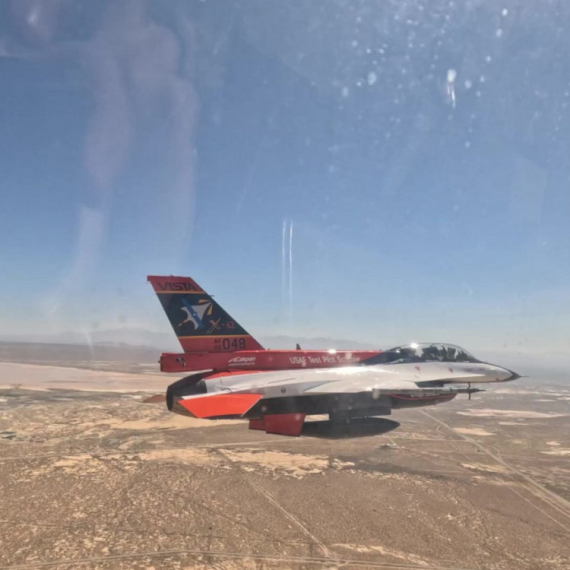



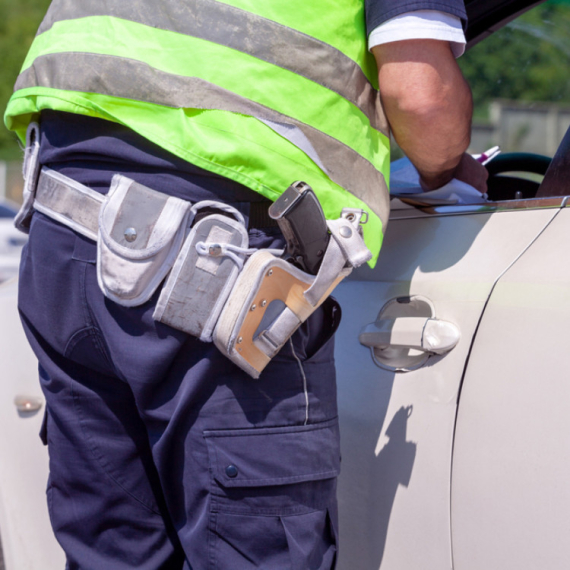
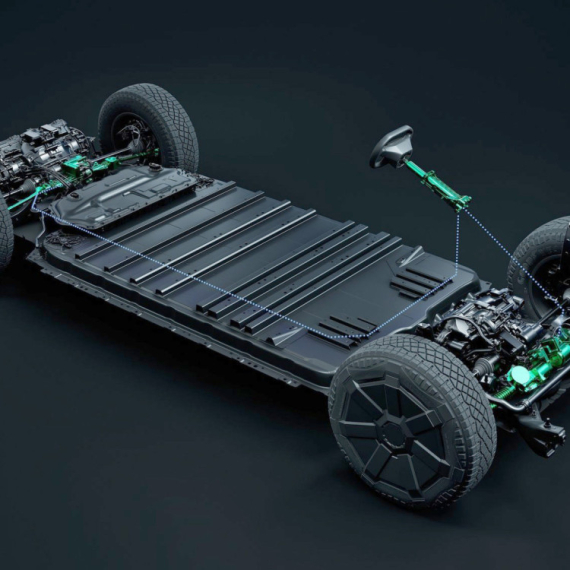






Komentari 5
Pogledaj komentare